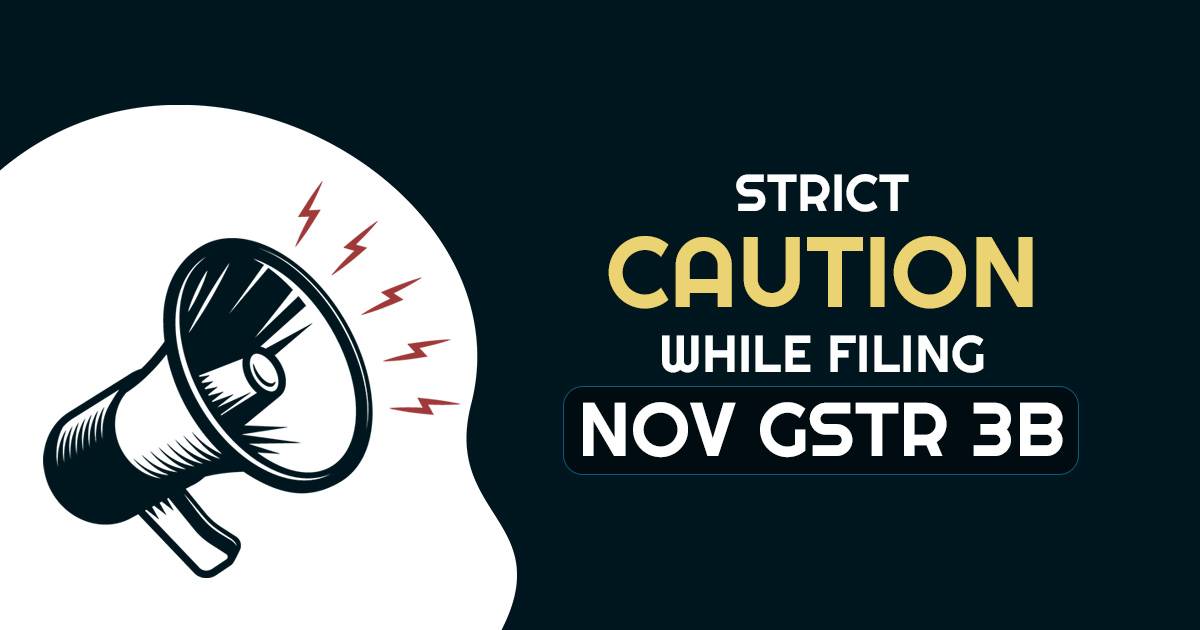
The Central Board of Indirect Taxes and Customs (CBIC) published a thorough explanation on submitting information regarding the reversal ITC and ineligible ITC as well in August 2022.
State GST authorities have asked assessees to furnish true and proper details of ineligible Input Tax Credits (ITC) and reversals.
This is significant since the GST return Form 3B must be filed by November 20 in order to get the missing ITC for FY 2021–22. According to experts, non-compliance might result in fines of at least 20,000 for each return.
Form GSTR-3B provide summaries of sales, ITCs claimed, and net tax payable. The Central Board of Indirect Taxes and Customs (CBIC) provided comprehensive guidance on reporting ITCs that are ineligible as well as information on Input Tax Credit reversals in August 2022.
The total ITC (eligible and ineligible) is now automatically filled in from the statement in Form GSTR-2B in various areas of Table 4A of Form GSTR-3B.
Report Reversal
In Table 4 (B) (1) of GSTR-3B, the registered person is required to report any ITC reversal that is absolute in nature and cannot be reclaimed, such as on account of the reversal of credit by a bank or other financial institution, reversal on input and input services on account of the supply of exempted goods or services, etc.
Additionally, they must disclose ITC reversals, which are temporary in nature and may be reclaimed in the future, in Table 4(B) (2). The net ITC will be calculated in Table 4 (C) using the formula (4A – [4B (1) + 4B (2)]) and credited to the registered person’s electronic credit ledger (ECL).
There have been communications sent based on this circular. Businessline has observed two communications: one from West Bengal and one from the Punjab GST Department. A considerable percentage of the IGST ITC was left unclaimed, and the Punjabi government informed the assessee that this had resulted in a loss of revenue for the state. With this, it requested that the circular be followed. The taxpayer was also urged to comply by a notice released by the West Bengal government.
Ineligible ITC
The GSTR-3B filing procedure has undergone a full rebuild, according to Vivek Jalan, Partner with Tax Connect Advisory, who is explaining the entire situation. Now, when a taxpayer files a GSTR-3B, Table 4A of the GSTR-3B must include an account for all of the ITC that is reflected in the taxpayer’s GSTR-2B (equivalent to the GSTR-1 filed by its suppliers).
The taxpayer must then reverse it in Table 4B if any of the ITCs are invalid. For example, if a taxpayer in Haryana purchases medical insurance coverage for which ITC is not applicable, they must first claim the ITC in Table 4A before reflecting the reversal in Table 4B.
He further added “This is required because the revenue would be flowing to Haryana to the extent of the ITC shown as a reversal of Table 4B of GSTR-3B of the taxpayer. In case the entire ITC is not recognised at all, this revenue would be distributed among the States in the ratio of their collections. Hence, the bigger States like Maharashtra would gain and smaller ones would lose out due to lower ratio of collections vis-a-vis the bigger states,”.